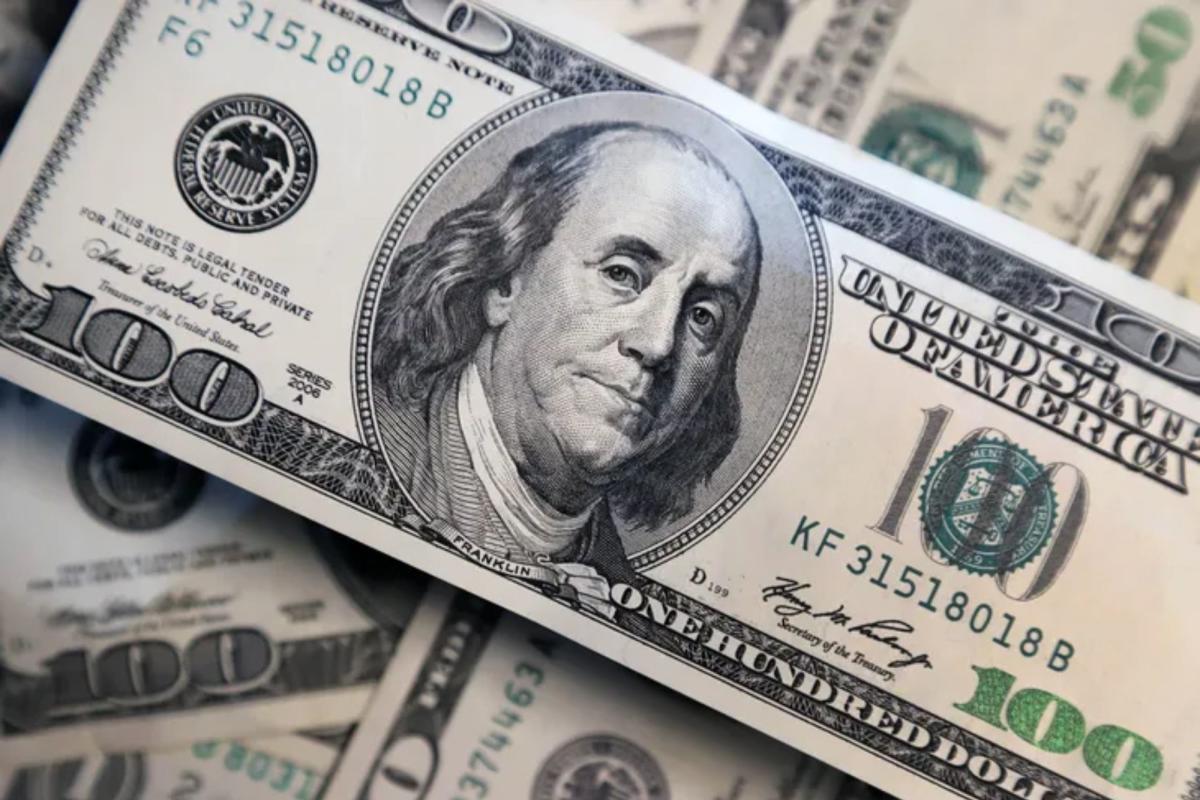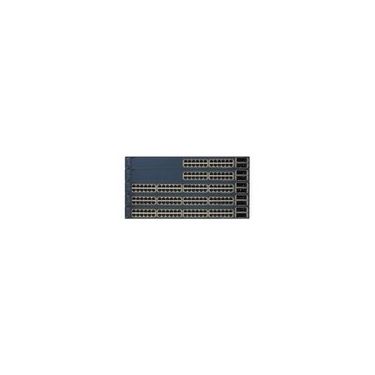Introduction To 1 USD to PKR
The exchange rate between the US Dollar (USD) and the Pakistani Rupee (PKR) is a key economic indicator, impacting various sectors in Pakistan, from international trade to everyday consumer expenses. This analysis will delve into the factors influencing the 1 USD to PKR exchange rate, its historical trends, and how it affects the economy. Additionally, we’ll discuss the exchange rate of 1 Pound to PKR to provide a broader view of the foreign exchange market in Pakistan.
1. Understanding Exchange Rates
Exchange rates represent the value of one country’s currency in terms of another. In the case of 1 USD to PKR, it shows how many Pakistani Rupees are required to purchase 1 US Dollar. Similarly, the 1 Pound to PKR exchange rate reflects how many Pakistani Rupees are needed to buy 1 British Pound.
These rates fluctuate based on various factors, including economic conditions, inflation, interest rates, trade balances, and geopolitical events. Central banks, like the State Bank of Pakistan (SBP), also play a significant role in maintaining exchange rate stability through interventions and monetary policies.
2. Historical Trends of 1 USD to PKR
Historically, the value of the Pakistani Rupee has been under pressure, especially when compared to stronger global currencies like the US Dollar. In the past few decades, the Rupee has seen significant depreciation due to a combination of domestic economic challenges and external factors.
a. 1980s and 1990s
In the 1980s, 1 USD to PKR stood at around 10 PKR. The Rupee remained relatively stable during this time, thanks to consistent economic policies and external aid. However, moving into the 1990s, Pakistan faced multiple economic crises, leading to the depreciation of the Rupee. By the late 1990s, 1 USD was equivalent to approximately 45-50 PKR.
b. 2000s to Early 2010s
The early 2000s saw further devaluation, with 1 USD trading at around 60 PKR. The reasons included a widening trade deficit, growing external debt, and political instability. By 2010, the exchange rate had crossed the 85 PKR mark for 1 USD. Global financial crises, rising oil prices, and internal security challenges exacerbated the situation.
c. Recent Years (2015-2024)
The past decade has witnessed even sharper fluctuations. In 2018, the PKR faced severe devaluation, and by the end of 2019, the exchange rate stood at over 155 PKR for 1 USD. The COVID-19 pandemic further affected the currency, with Pakistan’s economy shrinking and inflation rising.
As of 2024, the 1 USD to PKR exchange rate fluctuates around 280 to 300 PKR, depending on market conditions. This consistent devaluation has become a significant concern for policymakers and the public alike.
3. Factors Affecting the 1 USD to PKR Exchange Rate
Several factors contribute to the movement in the 1 USD to PKR exchange rate:
a. Trade Deficit
Pakistan’s economy is heavily reliant on imports, especially for essential goods like oil, machinery, and raw materials. The country’s trade deficit widens when imports far exceed exports, leading to a higher demand for foreign currencies like the USD, which depreciates the PKR.
b. Inflation and Interest Rates
Higher inflation in Pakistan reduces the purchasing power of the Rupee, making it weaker against stable currencies like the US Dollar. In contrast, higher interest rates can attract foreign investment, supporting the currency. However, Pakistan’s inflation has historically been higher than that of the US, contributing to the decline in the Rupee’s value.
c. External Debt and IMF Programs
Pakistan has significant external debt obligations, which require foreign exchange reserves to service. The country has often relied on International Monetary Fund (IMF) programs for economic assistance, which come with strict economic reforms that can affect the exchange rate. IMF interventions often include currency devaluation measures to correct imbalances in the economy.
d. Political Instability and Economic Policies
Political instability, coupled with inconsistent economic policies, affects investor confidence. A stable political environment with sound economic management usually leads to a stronger currency. However, Pakistan’s frequent changes in leadership and policy reversals have led to a volatile exchange rate.
e. Geopolitical Events and Global Economic Conditions
Global events, such as changes in oil prices, US interest rate policies, and international trade relations, significantly impact the PKR’s value. For instance, the war in Ukraine and its impact on global energy prices have affected currencies globally, including the PKR.
4. Impact of 1 USD to PKR Exchange Rate on Pakistan’s Economy
The depreciation of the Rupee against the US Dollar has both positive and negative effects on Pakistan’s economy.
a. Inflation and Cost of Living
A weaker PKR makes imports more expensive, leading to higher prices for goods and services, especially for energy, food, and transportation. This increases the cost of living for the average Pakistani. Inflation erodes real wages and savings, putting more pressure on the population.
b. Exports and Competitiveness
On the flip side, a weaker Rupee can benefit exporters by making Pakistani goods cheaper for foreign buyers. This boosts competitiveness in international markets. However, Pakistan’s export base is relatively narrow, with textiles being the primary sector. To fully capitalize on this, the country needs to diversify its export portfolio.
c. Foreign Investment
Foreign investors may view a depreciated currency as an opportunity to invest in Pakistani assets at a lower cost. However, this is contingent on overall economic stability. If the country is perceived as politically or economically unstable, foreign direct investment (FDI) may not materialize despite favorable exchange rates.
5. 1 Pound to PKR: Another Important Exchange Rate
In addition to the USD, the exchange rate of the British Pound (GBP) to PKR is also critical for Pakistan’s economy. Historically, the British Pound has always been stronger than the US Dollar, and as of 2024, 1 Pound to PKR stands at approximately 350 to 400 PKR, depending on market fluctuations.
The GBP to PKR exchange rate is crucial for several reasons:
- Remittances: A significant portion of remittances to Pakistan comes from the UK. A stronger Pound translates to higher remittances, which benefit Pakistan’s foreign exchange reserves.
- Trade: The UK remains an important trading partner for Pakistan, particularly for textiles and agricultural products. A favorable exchange rate can enhance trade relations and support the Pakistani economy.
6. Outlook for the Future: 1 USD to PKR and 1 Pound to PKR
Predicting exchange rates is challenging due to the multitude of factors involved. However, based on current trends, the 1 USD to PKR rate is likely to remain volatile. Pakistan’s dependence on imports, coupled with external debt obligations, will continue to put pressure on the Rupee.
Similarly, the 1 Pound to PKR rate will depend on global economic conditions, particularly in the UK and Pakistan’s bilateral trade relations with the country. In the long term, economic reforms, improving exports, and stabilizing political conditions will be key to strengthening the Rupee against major currencies.
Conclusion
The 1 USD to PKR and 1 Pound to PKR exchange rates are crucial indicators of Pakistan’s economic health. A weak Rupee poses challenges for the average consumer, businesses, and the government. However, it also offers opportunities for export growth and foreign investment. Addressing the underlying economic issues, such as the trade deficit and inflation, is essential for stabilizing the currency and improving Pakistan’s financial outlook in the years to come.




